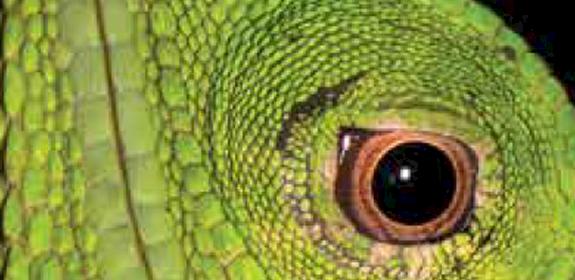Experts gather to develop a Sun Bear conservation plan–the first ever for bears
Kuala Lumpur, Malaysia, 11th September 2017—Global experts have begun the development of a conservation plan for the world’s smallest bear, the Sun Bear Helarctos malayanus. This plan marks the first to be initiated for any bear species in the world.
The 1st International Symposium on Sun Bear Conservation and Management, held from the 4–8th September was jointly organized by the International Union for Conservation of Nature (IUCN) Bear Specialist Group, Free The Bears and TRAFFIC.
The landmark event brought together some 100 experts from governments, NGOs, field researchers, conservation managers, environmental educators and conservation breeding specialists to share experiences and create a co-ordinated plan for the conservation of Sun Bears.
The Sun Bear is a protected species throughout its range and international trade is prohibited under the Convention on International Trade in Endangered Species of Wild Fauna and Flora (CITES). Despite this, the Sun Bear faces a multitude of threats, including from illegal wildlife trade.
A TRAFFIC study in 2012 found that some 523 of the 2800 bears seized in Asia between 2000–2011 were Sun Bears. At least 100 of these were seized in Indonesia and Malaysia alone.
Almost all vendors interviewed in Malaysia in 2012 during a survey of traditional medicine shops selling bear parts reported that they had sourced bear gall bladders locally–reinforcing suspicions that the species is being targeted for medicinal trade.
Trade on social media compounds the issue, fuelling the exotic pet trade and encouraging the illegal capture of the species. This problem is apparent throughout the region, where hundreds of Sun Bears are housed in captive facilities, often a victim of illegal hunting and trade.
This event marks a new beginning for the least studied bear species in the world. It was the perfect opportunity for experts to plan and pool resources to better protect the species. Reported hunting and trade incidences clearly emphasize this as a problem that needs further scrutiny, all the way from its source to market
Kanitha Krishnasamy, Acting Regional Director for TRAFFIC in Southeast AsiaDuring the Symposium, TRAFFIC and partners in the region highlighted the scale of the illicit trade of Sun Bears in Southeast Asia; discussing current knowledge on trade threats while highlighting gaps that need to be filled. Participants brainstormed a strategy that is expected to drive future work and action plans to ensure their survival in Asia.
“There are still large knowledge gaps with regards to the magnitude and scale of trade in Sun Bears and the impact this is having on wild populations across their range. They are one of the least known large mammals of Southeast Asia, often overshadowed by concern for larger species like elephants, tigers, orangutans and rhinos. This has resulted in the Sun Bear receiving very little conservation attention or prioritization across its range,” says Krishnasamy.
Native to Asia, the Sun Bear is considered globally Vulnerable by the IUCN due to the massive decline in its population caused by deforestation and poaching.




